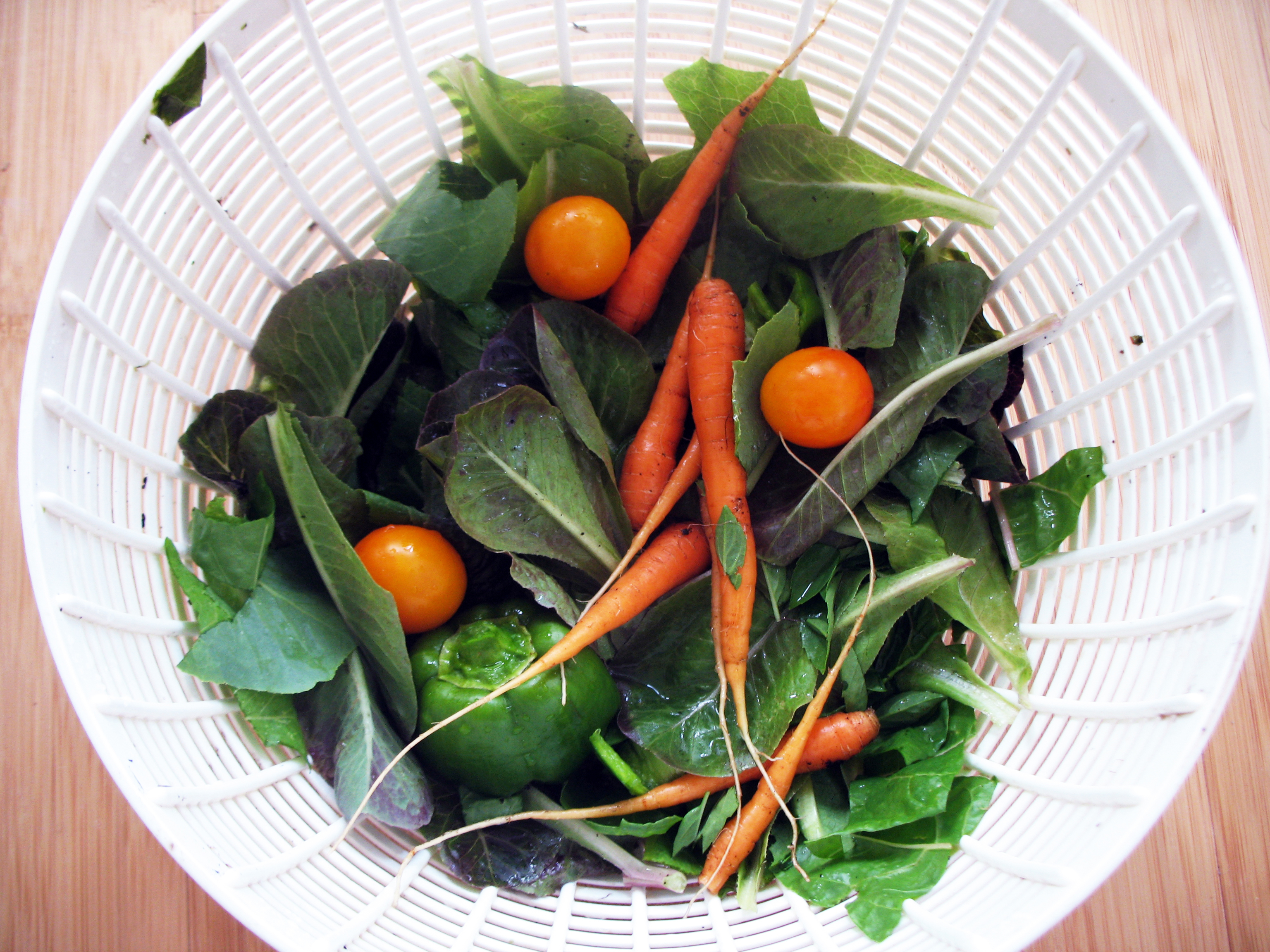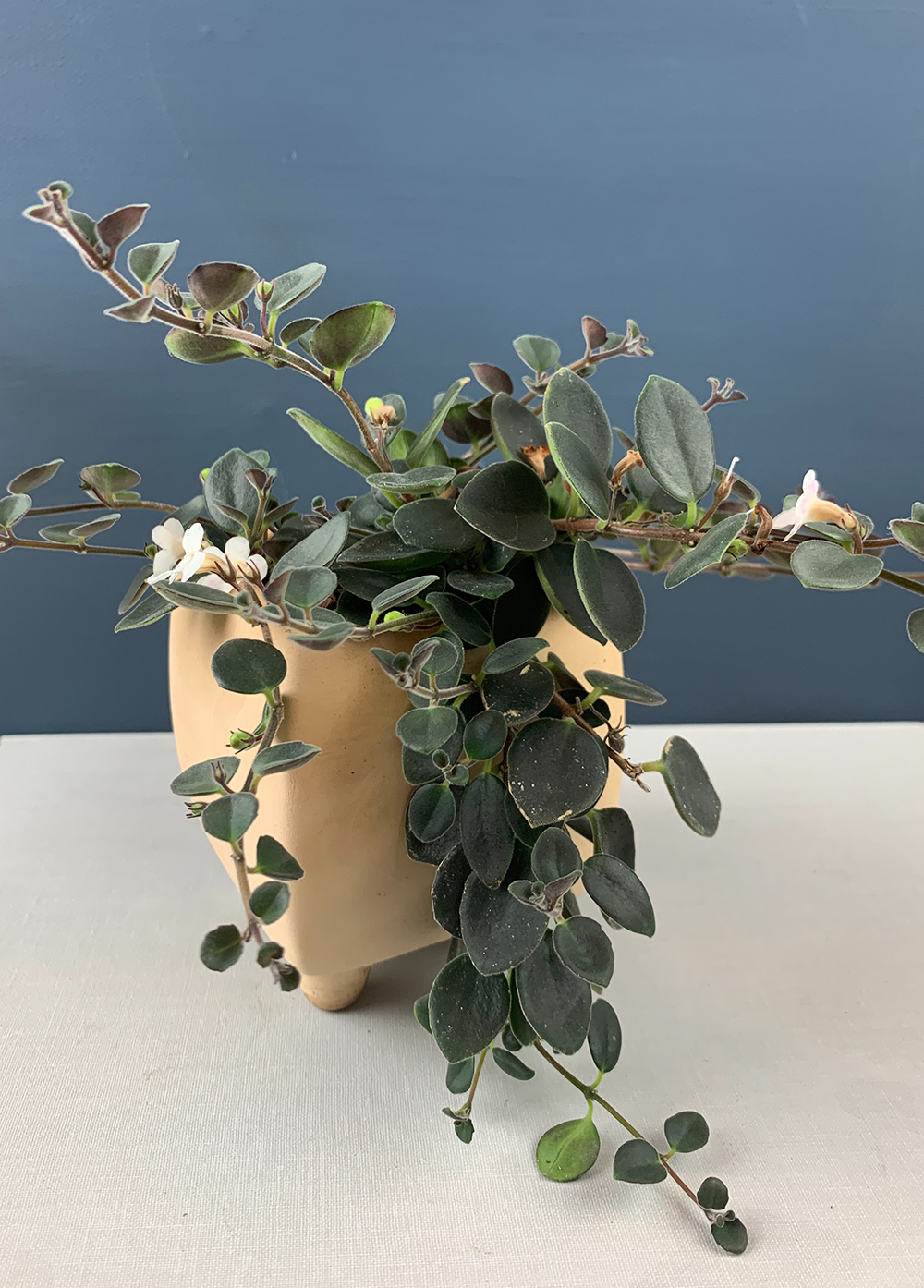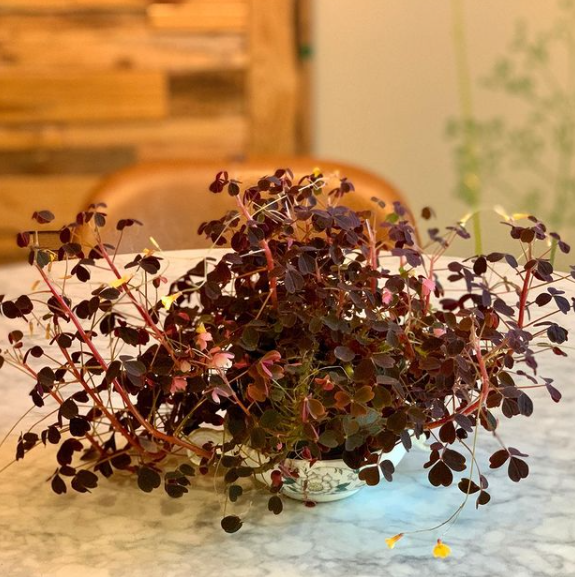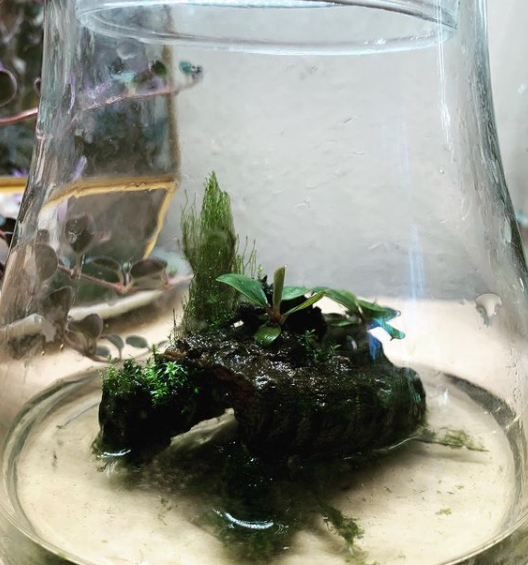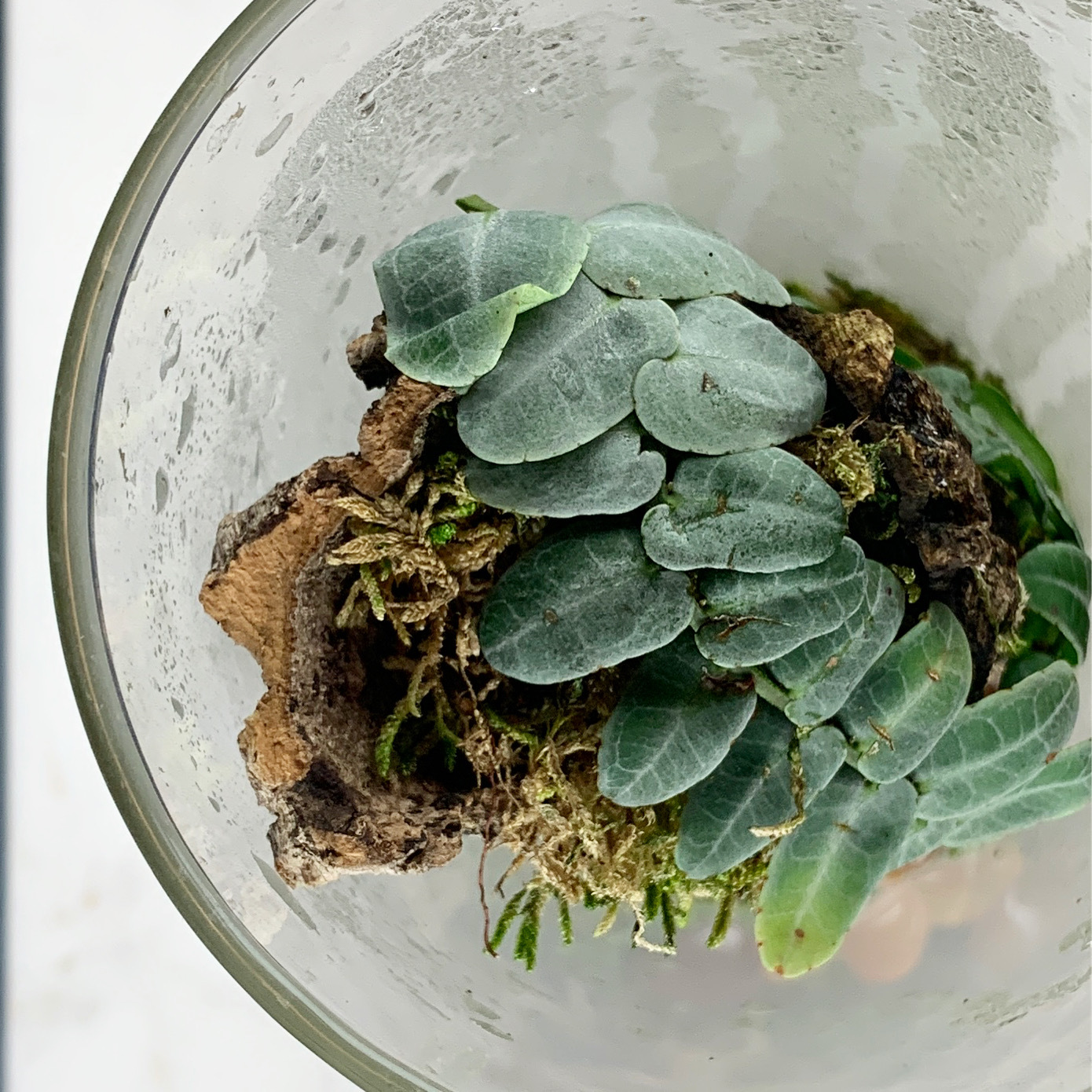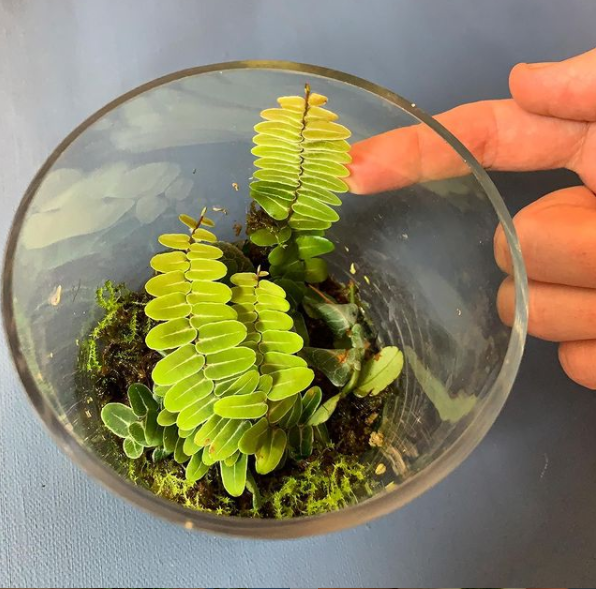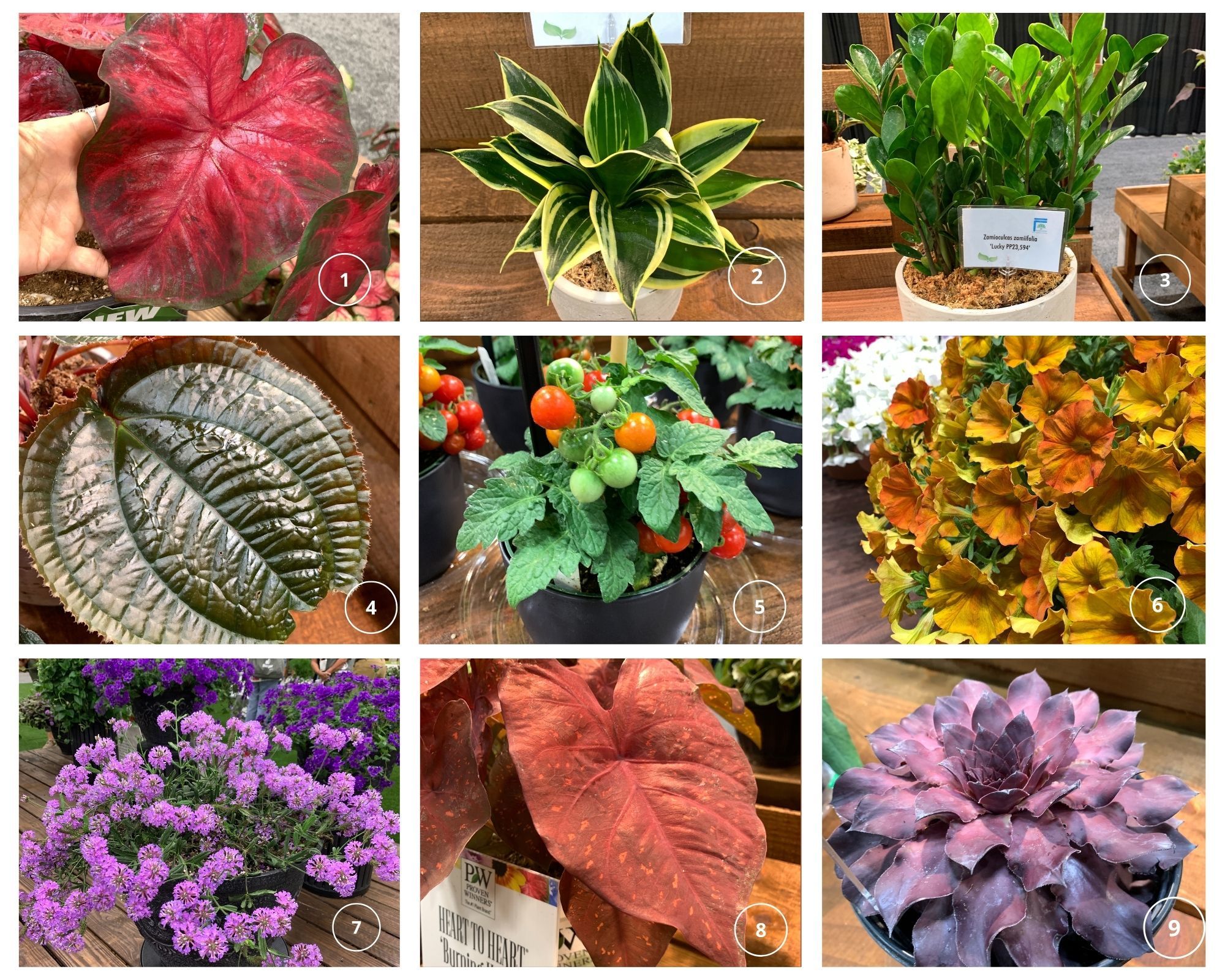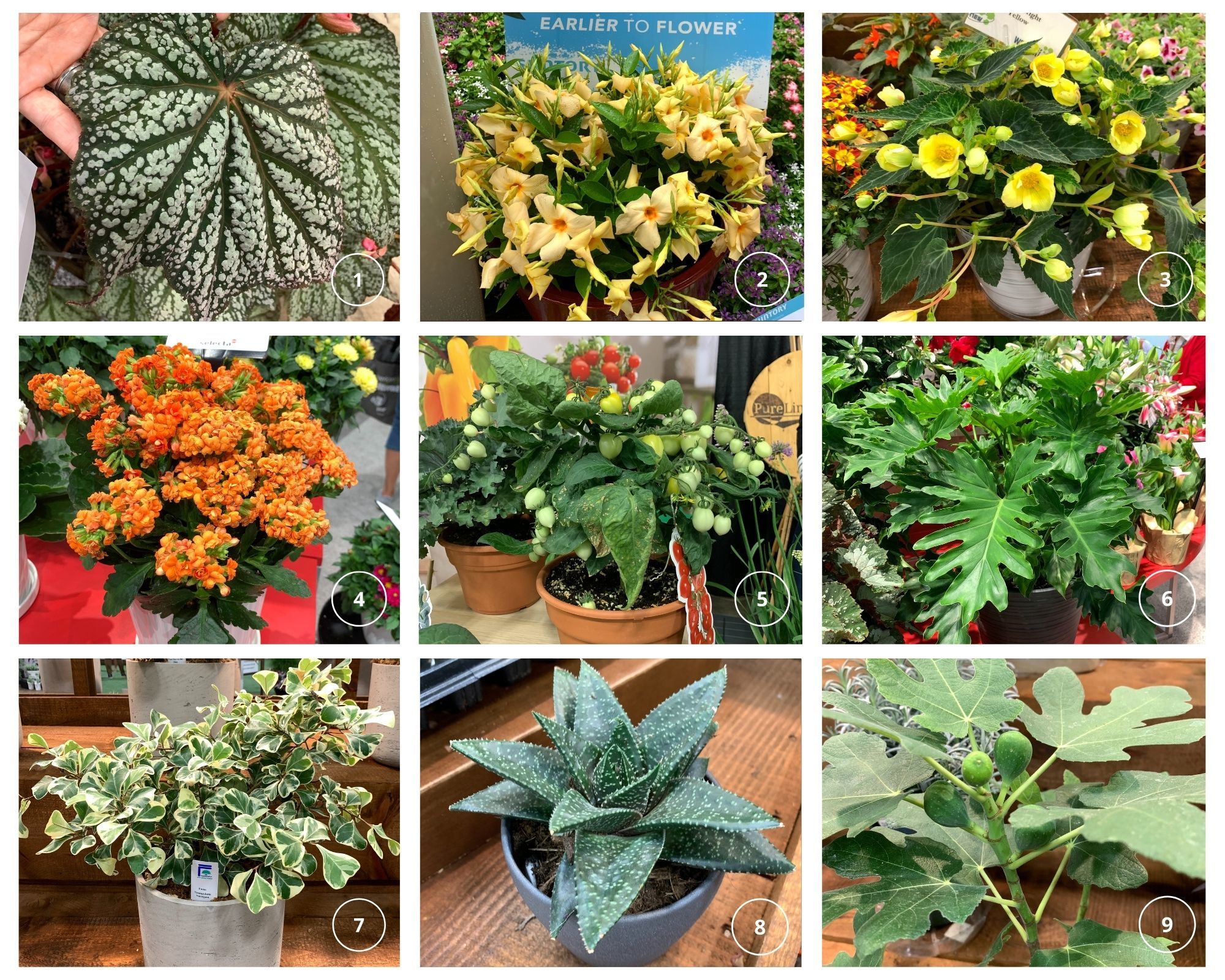What's the Difference Between Thanksgiving Cactus, Christmas Cactus, and Easter Cactus?
January 11, 2022
Learn About the Different Types of Holiday Cactus
I was contacted a few months ago by a reporter looking for accurate information on holiday cactus. I wrote up detailed answers to all their questions...only to get ghosted! SO, their loss is your gain. I decided to put up my detailed response as a blog post for you...no paywall required!
Christmas Cactus
Q: Could you provide some background information on what a Christmas Cactus is, and the different types?
A:Christmas cactus are an unusual type of cactus that grows as an epiphyte or lithophyte (grows on trees or rocks), in habitats that are a bit shady and humid. Not exactly the type of environment you think of when you think cactus! Plants sport bright showing flowers in an array of vivid colors.
There is quite a bit of confusion when it comes to Christmas cactus, and the related Thanksgiving cactus and Easter cactus (in the Northern hemisphere). The name Christmas cactus refers to species and hybrids of cacti that bloom around Christmas time and belong to the genus Schlumbergera, which includes nine distinct species. Plants are Native to the coastal mountains of south-eastern Brazil.
There are also hybrids between the species. When you buy Christmas cactus, you’re usually buying a hybrid cultivar we call Schlumbergera x buckleyi, a cross between S. russelliana × S. truncata.

Halleck Holiday Cactus
Visual differences between different species of holiday cactus
PC: Illustration & copyright Leslie F. Halleck
Thanksgiving Cactus
Thanksgiving cactus (or the false Christmas cactus) is S. truncata or hybrids thereof, with plants that bloom a little earlier than Christmas cactus. You can distinguish this species and its cultivars by the more pointed “teeth” on the leaves, versus the more rounded symmetrical teeth on Christmas cactus leaves.
Easter Cactus
Easter cactus, which are related and look like Christmas cactus with a series of rounded teeth on the leaves, has been reclassified as Rhipsalidopsis gaertneri -and hybrids thereof - but you’ll find them under a number of other pseudonyms in the Schlumbergera and Hatiora genera. They, as their common name would indicate, bloom around Easter time.
Top Tips for Caring for your Holiday Cactus
Providing enough light indoors is always your number one priority for the success of any houseplant. While Christmas cactus can tolerate lower light levels, if you are very careful not to overwater, the whole point of growing them is to get them to flower.
Plants will need medium to high light to bloom their best, so choose a southern or eastern window exposure if you have it or add a small grow light to your area as we head not the darker days of winter.
Water plants so that the growing media stays moist to the touch (but not soggy) and does not dry out completely between waterings. Plants are resilient, so if you forget to water and plants shrivel a bit, you can usually revive them with a good soaking.
Plants are very happy in a bright sunroom and grouped with other plants, which helps raise humidity.
Propagate Your Holiday Cactus
Vegetatively propagating holiday cactus is simple, as you can take stem tip cuttings or propagate new plants with just one whole leaf (roots and bud shoots will develop from the base of the leaf, just like many other types of succulents).
- Carefully remove a section of stem or entire leaf pad by either twisting it off or using sharp clips.
- Allow your cutting to rest on a dry surface for 2-3 days before you place into a small pot with moist potting soil or plug trays.
- Let the growing media approach dry between light waterings, and before you know it cuttings will begin developing roots and buds.
- Tips: Don’t take cuttings when plants are budding or in flower, and only take cuttings from healthy disease and pest free plants.
Note: be sure your particular plant is not a patented cultivar (it will say PPAF on the label if there is a patent pending, or a patent #), as it is not legal for you to propagate or distribute patented plants.

